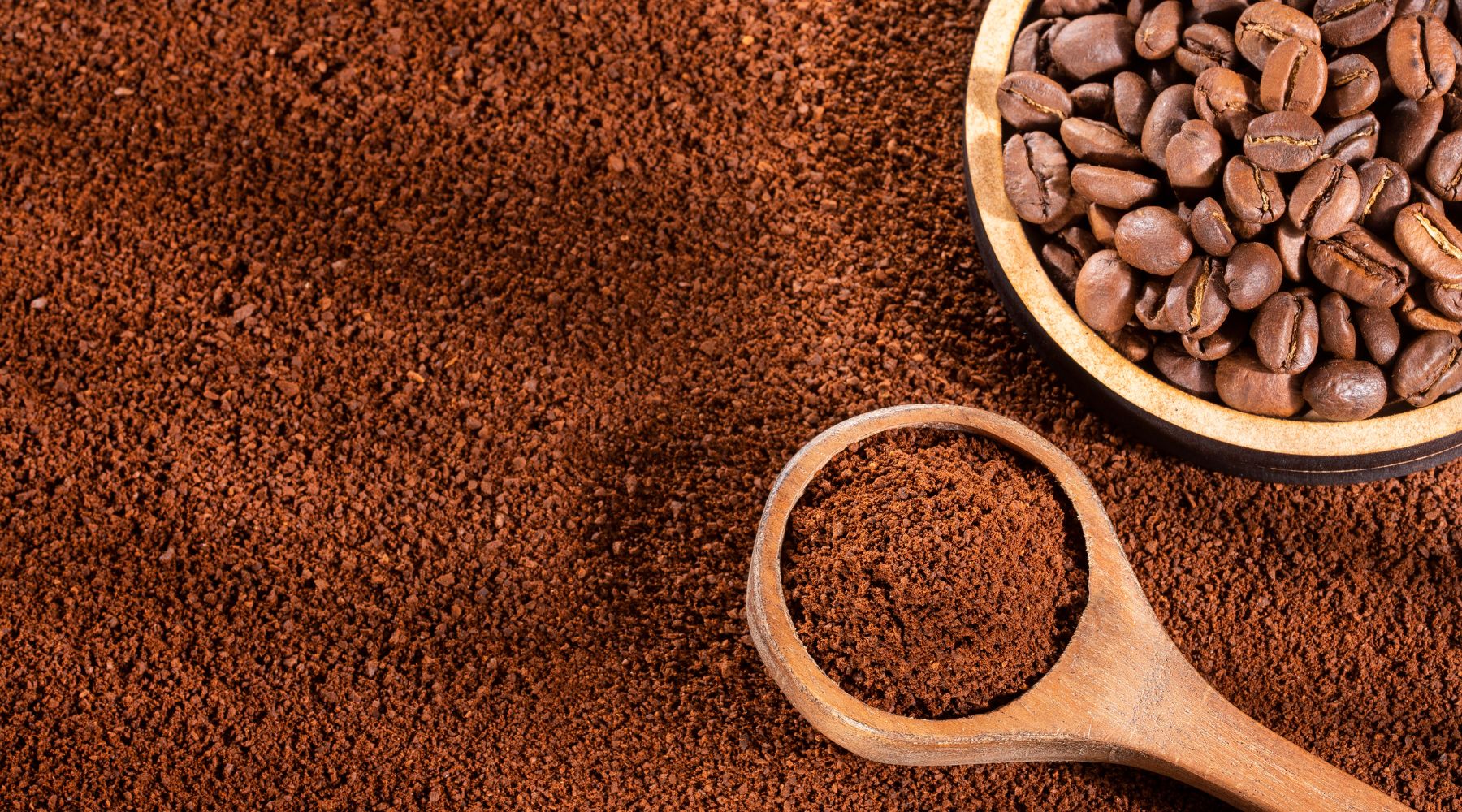🏆 Mastering the Art of Coffee Blending: Techniques, Tips & Award-Winning Results
☕ Why Coffee Blending Is an Essential Skill for Roasters
Coffee blending is a craft that demands both science and intuition. Whether you're a seasoned roaster or just starting out, understanding how to blend coffee beans effectively is key to creating a balanced and flavorful brew.
📋 What Makes a Great Coffee Blend?
A successful blend isn't just a mix of high-quality beans—it’s a thoughtful composition where each bean contributes to a harmonious flavor profile. Key factors to consider include:
-
Bean size (screen) for roast consistency
-
Moisture content and density for heat absorption
-
Acidity levels for brightness and balance
-
Roast profile mapping to guide development
-
Cupping tests to evaluate flavor and texture
Poor blending can result in harsh, flat, or confusing flavors—often mistaken for bad roasting or inferior beans.
🔄 Pre-Roast vs Post-Roast Blending: Pros & Cons
🔥 Pre-Roast Blending
Mixing green beans before roasting allows for flavor integration during the roast cycle. This method promotes the interchange effect, where beans share heat and flavor, resulting in:
-
Smoother mouthfeel
-
Time-efficient roasting
-
Enhanced blend cohesion
Many roasters prefer this method for its consistency and depth of flavor.
🌡️ Post-Roast Blending
Roasting each bean separately and blending afterward allows for tailored roast profiles. Benefits include:
-
Precision roasting for each bean type
-
Flexibility in blend ratios
-
Control over individual flavor notes
However, it may lead to uneven integration and a less unified taste.
🥇 Our Award-Winning Approach
We specialize in pre-roast blending, leveraging the interchange effect to create smooth, rich, and balanced coffee. Our blends have earned over a dozen awards and medals in the past decade, a testament to our commitment to quality and innovation.
📌 Final Thoughts
Whether you're experimenting with your first blend or refining your signature roast, understanding coffee blending techniques is essential. By mastering the balance between bean characteristics and roast profiles, you can elevate your coffee to award-winning levels.
Explore our blends and taste the difference that expert blending makes.

